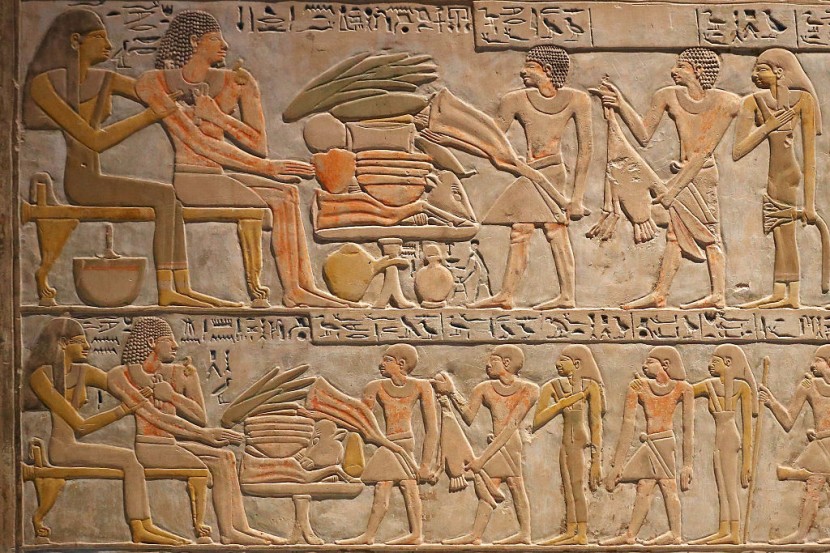
Archaeologists have recently discovered a rare Egyptian find in Sohag, including 300 tombs belonging to officials of Akhmim in the Al-Hamidiyah Necropolis. These tombs were carved into the mountains, making it a significant discovery.
Archaeologists Unexpectedly Discover Rare Egyptian Find
Instead of the usual ancient Egyptian graves, archeologists have found a series of rock-cut tombs east of Sohag in southern Egypt, reported ArtNews.
The scientists said the carved-out tombs are as many as 300 in all. Experts suspect that these were mummies of officials from the City of Akhmim, one of the critical administrative centers in Ancient Egypt, noted Ahram Online.
One thought about the discovery is these tombs are specifically for the rulers and employees of the ninth region of Upper Egypt. The close distance of the Akhmim tombs to Abydos that worshipped the god 'Osir,' and the Mediterranean between the exiled capital and Aswan, cited by the publication, Our Egypt.
Akhmim is the region's central complex, and the god 'Min' was the region's most worshipped deity. Other tombs are likely to be discovered even before the project is finished.
Mostafa Waziri, the secretary-general of the Supreme Council of Antiquities, the tombs encompass various genres and chronological periods, including single and multiple burial tunnels and sloped corridors built into the complex, cited Archeology.
Researchers date these tombs starting from the Old Kingdom (2575-2150 B.C.E.) until the Ptolemaic dynasty (305-30 B.C.E.). Egypt's final dynasty is the Ptolemaic, which ended with Cleopatra's demise as the last Egyptian ruler. This new find gives evidence in the previous dynasty of Akhmim rulers.
What scientists found in the Akhmim tombs
Depicted on a false door in one of the Old Kingdom's sloping tombs, pictures, and hieroglyphic words portray the tomb's owner conducting ceremonial offerings and tributes to the departed. Subsequent periods would have utilized the burial shaft.
These alabaster vessels, with round jars having residues of yellow paint, including a circular metal mirror, were uncovered in the catacombs. More fragments of limestone with writings from the Sixth Dynasty were seen, which most scholars believe to be the Old Kingdom's culminating dynasty.
More discoveries
Based on the statement of Mohamed Abdel-Badiaa, head of the Central Department of Upper Egypt Antiquities. The evidence they were amphorae remnants from the Late Period (664-332 B.C.E.), as well as human and animal bones and votive miniatures.
The figurines would have been deposited as part of a funerary ritual; the pottery would have been handled in daily life, mentioned the Daily Advent.
Ancient Egyptians had the miniatures as central pieces in their rituals and rites, giving the dead possessions even after entering the afterlife.
When Archaeologists new Egyptian find in Sohag with a connection to Akhmim rulers signifies another insight into the 6th dynasty of Egypt. More will be likely found like the unique carved out Al-Hamidiyah Necropolis.
Related artifacts: Scientists Find Out That a Billion Years is Missing in the Geologic Record, So Where is It?








